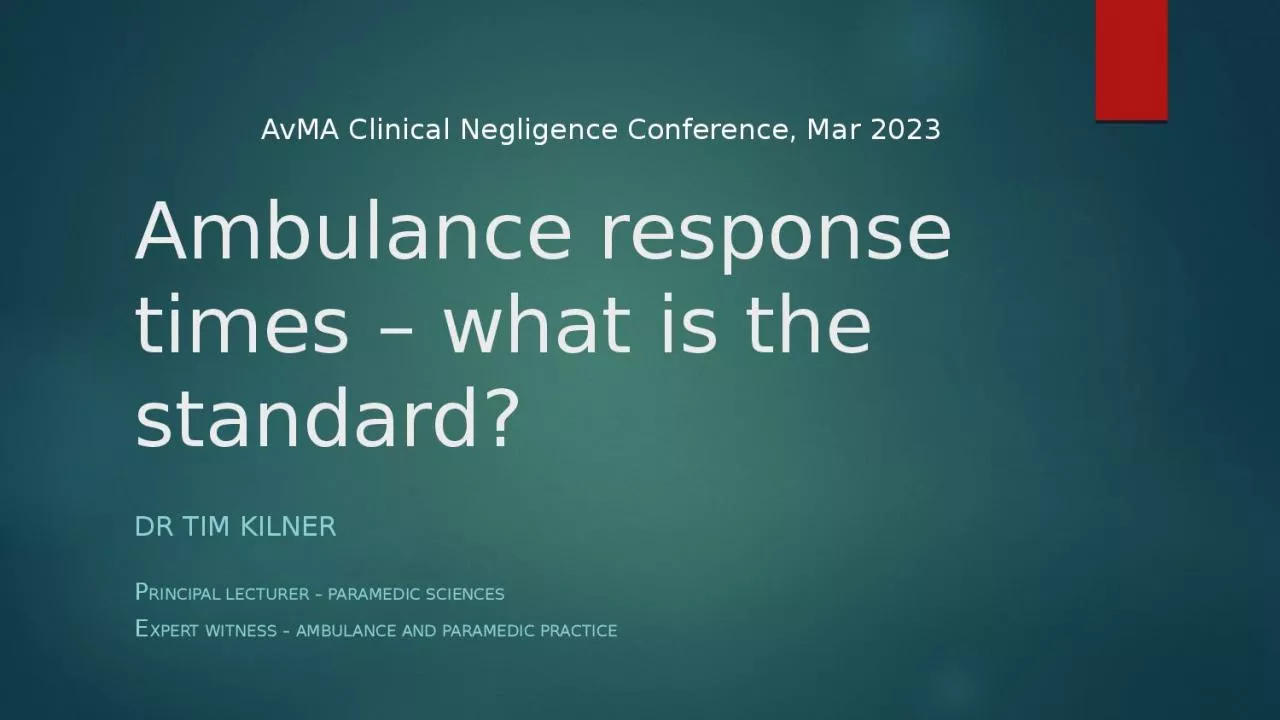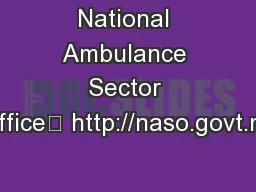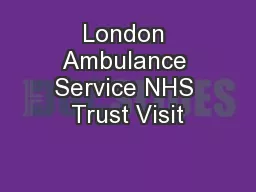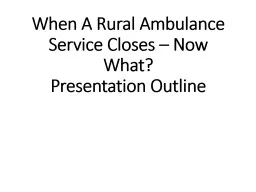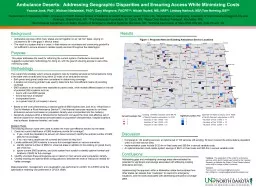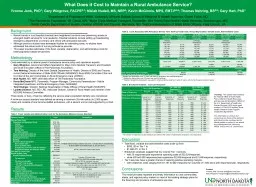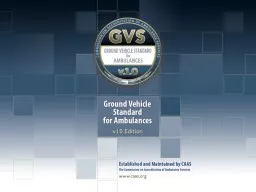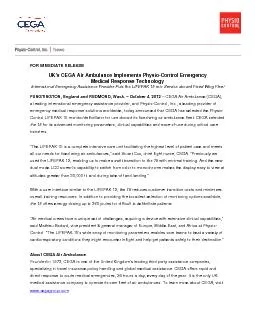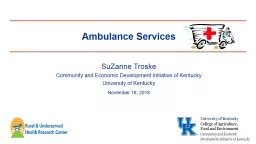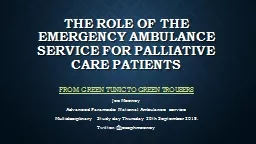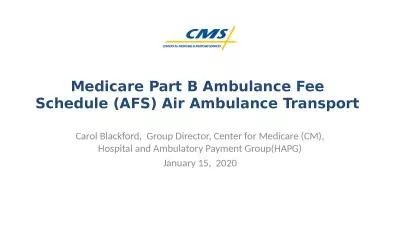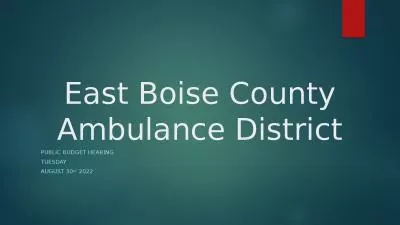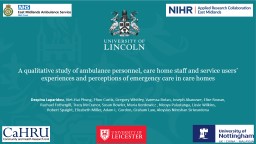PPT-Ambulance response times – what is the standard?
Author : unita | Published Date : 2023-05-19
Dr Tim Kilner P rincipal Lecturer paramedic sciences E xpert Witness ambulance and Paramedic Practice AvMA Clinical Negligence Conference Mar 2023 The basis for
Presentation Embed Code
Download Presentation
Download Presentation The PPT/PDF document "Ambulance response times – what is the..." is the property of its rightful owner. Permission is granted to download and print the materials on this website for personal, non-commercial use only, and to display it on your personal computer provided you do not modify the materials and that you retain all copyright notices contained in the materials. By downloading content from our website, you accept the terms of this agreement.
Ambulance response times – what is the standard?: Transcript
Download Rules Of Document
"Ambulance response times – what is the standard?"The content belongs to its owner. You may download and print it for personal use, without modification, and keep all copyright notices. By downloading, you agree to these terms.
Related Documents

